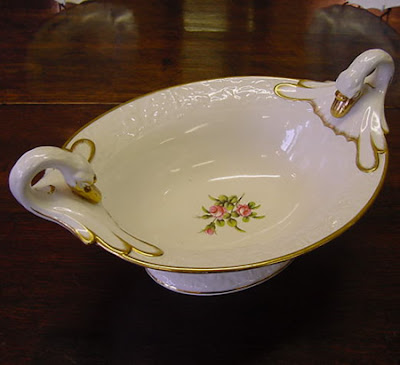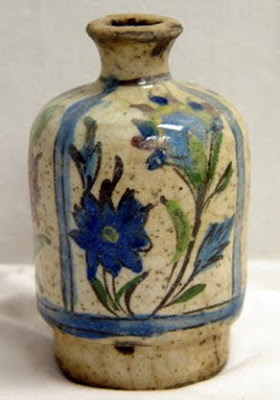
Perfume bottle (aryballos) with lion-head mouth, attributed to the Chigi Painter
Greek, Protocorinthian, about 640 BC
Made in Corinth, Greece; said to be from Thebes, Greece
The 'Macmillan aryballos'
Despite its tiny size, the main figure scene on this perfume bottle displays no fewer than seventeen fully-armed warriors. They are locked in combat, thrusting their spears, jostling for position, or falling to the ground. Each warrior is armed with plumed helmet, spear and blazoned shield. Some are realistically streaked with blood. Two further figure scenes below show a horse-race and a hare-hunt. The upper part of the vase takes the form of a lion's head, its mouth open to display rows of fearsome teeth and a red tongue.
In the seventh century BC, Corinth took the lead in the development of fine painted pottery. It specialized in the production of small perfume vessels covered with a dense and intricate network of animals and flowers. This style, known as Protocorinthian, is characterized by designs in silhouette with added colour and incision. It is the earliest use of the black-figure technique, which was to dominate the production of fine painted pottery throughout the Greek world until the end of the sixth century BC.
The bottle takes its name from a former owner, Malcolm Macmillan, who gave it to The British Museum in 1889.
L. Burn, The British Museum book of Gre (London, The British Museum Press, 1991)
J. Boardman, Early Greek vase painting: 11t (London, Thames and Hudson, 1998)
D. Williams, Greek vases (London, The British Museum Press, 1999)
http://www.britishmuseum.org/
http://www.britishmuseum.org/explore/highlights/highlight_objects/gr/p/perfume_bottle_aryballos.aspx







